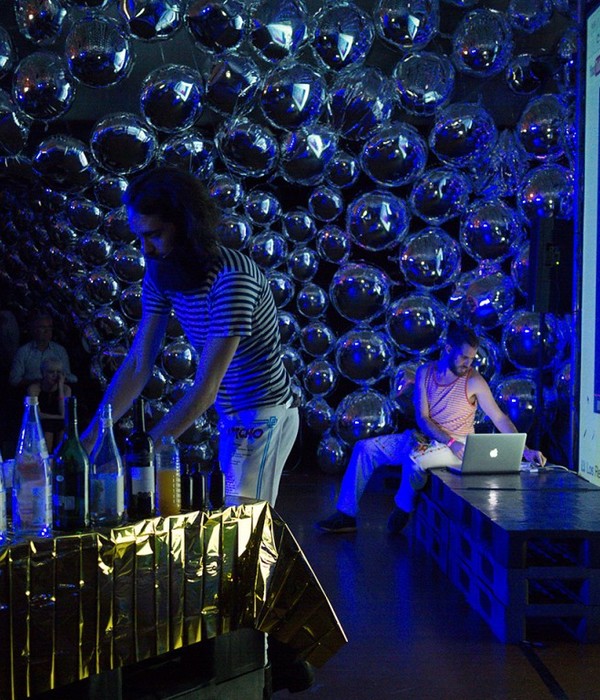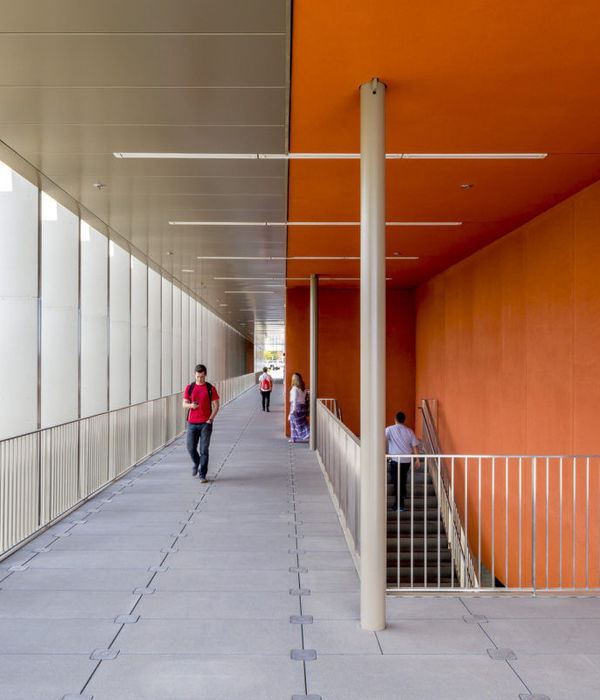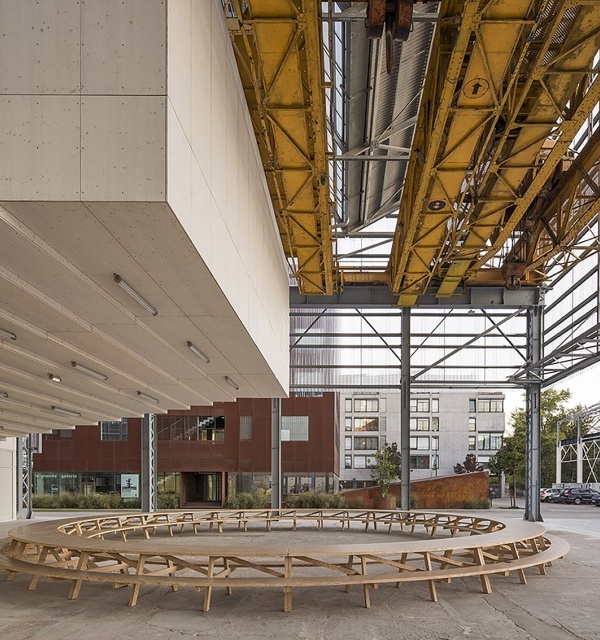In his new book, Architecture Guide: Moon, Paul Meuser comes at space travel from an architectural angle
NASA’s Lunar Landing Training Vehicle shortly before a test flight over a salt lake in Nevada. The construction follows the primal laws of statics. Photography: © NASA
Timed to coincide with the 50th anniversary Apollo celebrations, this modest but intriguing book touches down to provide the definitive guide to all things both lunar and architectural. Paul Meuser’s Architecture Guide: Moon chronicles every device, object and artefact that humankind has ever sent to our only natural satellite, as well as the ones that didn’t make it.
Published with help from the Moscow Polytech, the book is a useful reminder that it’s not just the USA that dominated exploration of this dusty new world. From the Soviet Luna 2 probe, which landed (or rather impacted) on 13 September 1959, the Russians led the charge. Yet it was the USA that triumphed, with Apollo 11 arriving less than a decade later, and the bulk of the book charts the two superpowers’ expensive and high-profile race to the moon throughout the 1960s.
Top, Architecture Guide: Moon, by Paul Meuser. Bottom, illustration of the three-tiered lunar station made of inflatable modules (circa 1972). © Barmin Design Bureau of General Engineering
Along the way there were successes and failures, with the insectoid strangeness of Soviet-era design – always created with an eye to propaganda – contrasting strongly with America’s more prosaic, functional approach. Conspiracy theorists aside, we all know how this story ended, but perhaps most interesting of all are the conceptual proposals for bases and buggies that never happened, as well as the details of the ongoing lunar programmes of Europe, Israel, China, Japan and India.
The next decade will prove crucial, as countries collaborate with each other and corporations to justify the huge cost of space travel – Google’s Lunar XPRIZE stumped up a big incentive, but no-one was able to claim the prize. We’re allegedly standing on the brink of a new space age, with a return to the moon mooted for 2024. Architecture Guide Moon is a small but timely insight into the sheer amount of effort required to get there in the first place. §
Lunar station with classic and classicist shape vocabulary, designed by Anton Rakov of the Samara Polytech, 2018. © Samara Polytech
Scale model of a module from the Swesda lunar station. © Barmin Design Bureau Of General Engineering
European Space Agency, by Foster + Partners. One of the strategies of the State-run lunar programmes: considerations of a stationary lunar station and the mining of raw materials. © Foster + Partners
{{item.text_origin}}












